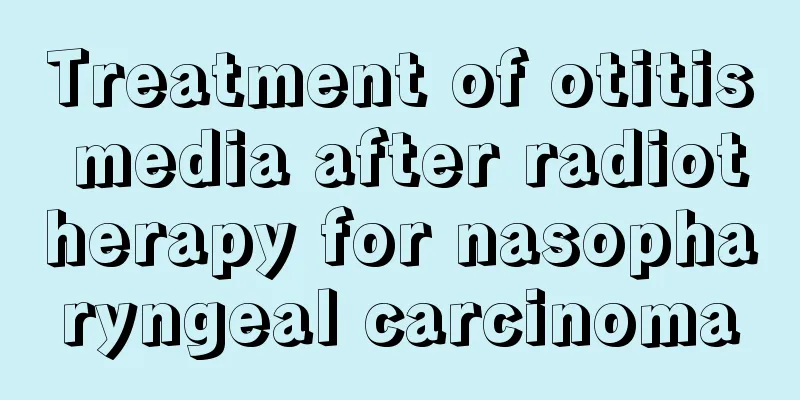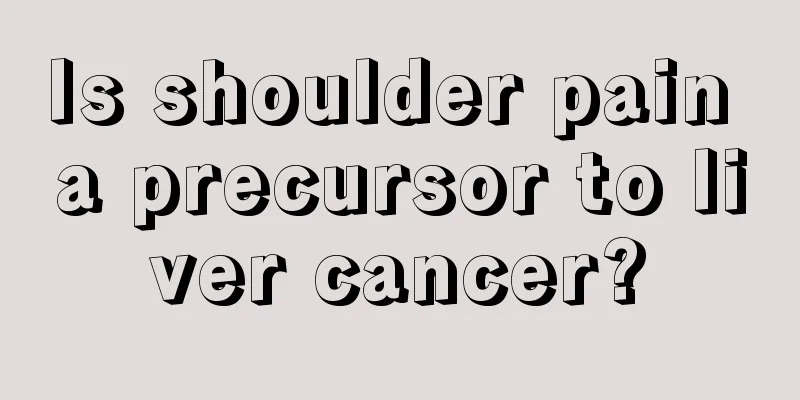Treatment of otitis media after radiotherapy for nasopharyngeal carcinoma

|
Nasopharyngeal carcinoma is mainly poorly differentiated squamous cell carcinoma. The nasopharynx is adjacent to important blood vessels and nerves, making surgical exposure difficult. Therefore, radiotherapy is the main treatment for nasopharyngeal carcinoma. However, no matter how the radiotherapy plan is optimized, most of the structures of the middle ear are within the radiation field. The resulting ear side effects will plague patients for a long time. Radiation-induced secretory otitis media is one of the most common ear side effects. Patients experience persistent tinnitus, stuffy ears, and progressive hearing impairment. Systemic treatment of radiation-induced secretory otitis media mainly includes neurotrophic and vasodilator agents, and the use of broad-spectrum antibiotics. Local treatment mainly includes tympanic membrane tube placement and tympanic membrane puncture and fluid extraction under ear endoscopy. Tympanic membrane puncture and fluid extraction can effectively relieve the patient's symptoms of ear congestion and tinnitus, but the relief lasts less than one month, and repeated tympanic membrane puncture and fluid extraction can cause permanent perforation of the tympanic membrane; tympanic membrane tube placement can significantly improve the patient's hearing impairment, reduce symptoms such as tinnitus, ear congestion, and headache, and the maintenance time is also longer, up to more than half a year, but tympanic membrane tube placement connects the middle ear cavity to the outside world, increasing the chance of middle ear infection and the risk of complications such as suppurative otitis media, tympanosclerosis, and conductive deafness. In addition, partial tympanectomy and fiberoptic nasopharyngeal endoscopic Eustachian tube dilation and injection can also be used to treat secretory otitis media after radiotherapy for nasopharyngeal carcinoma. However, partial tympanectomy also carries the risk of complications such as otorrhea and residual tympanic membrane perforation. Although fiberoptic nasopharyngeal endoscopic Eustachian tube dilation and injection can avoid tympanic membrane perforation or infection, repeated Eustachian tube dilation can aggravate damage to the Eustachian tube and lead to restenosis. For patients with severe hearing impairment, relief can be obtained by using hearing aids, but the negative pressure of middle ear effusion is not relieved, and the patient's headache, tinnitus, and ear stuffiness symptoms cannot be relieved, and the patient's quality of life cannot be effectively improved. |
<<: TNM staging of nasopharyngeal carcinoma
>>: Pioglitazone may increase the risk of bladder cancer
Recommend
How to remove paint from clothes
There are many opportunities to use paint in life...
Which is the preferred way to diagnose nasopharyngeal carcinoma?
Which is the preferred method for diagnosing naso...
Can indigestion cause fever? These are the causes of fever
People often associate "cold" and "...
What are jugular vein distension?
Distended jugular veins are quite common in our d...
Can garlic cure monkeys
Do you believe that many people in life like to e...
Can lung cancer patients drink pigeon soup? Pigeon soup can supplement the protein needed by the body
Patients with lung cancer can usually drink some ...
What should I do if I have white hair on my chin
There are mainly four ways for people to have whi...
If you have these symptoms after drinking, there must be something wrong with your liver
Whether you have a history of liver disease or ha...
How to remove black scale on iron pan
Cooking in a pot is a cooking tool that we cannot...
Can patients with liver failure be cured
Liver failure is actually quite dangerous, with a...
Is it safe to have a baby if you have kidney cancer?
Many young kidney cancer patients are concerned a...
Is ice silk mat harmful to human body
Ice silk mat is a kind of mat used by many people...
What to eat for skin allergies? Seven foods can keep you away from skin allergies
Why is the skin prone to allergies? People who ar...
Can eating coix seed cure plantar warts?
Plantar warts are a relatively common skin diseas...
Does thyroid cancer cause diarrhea
Thyroid cancer is a malignant tumor originating f...









